- /
- Blog
- /
- SEO and UX: The...
SEO and UX: The Perfect
Synergy for Website Success
SEO and UX: The Perfect Synergy for Website Success
It’s not enough just to have a website in this fast-paced digital world. In today’s competition, the website needs to be both visible and user-friendly to the online user. As websites are increasingly expected to be search engine optimized for visitors, so too do they need to optimize for users expecting a seamless experience. Herein lies the perfect synergy between Search Engine Optimization and User Experience.
Search Engine Optimization, or SEO, and User Experience, or UX, are essentially inseparable aspects in the world of digital marketing. While one ensures that your website is properly optimized for the search engines, the other tries to ensure it provides a flawless experience for a visitor. Put together, they ensure traffic comes, engagement grows, and, above all, conversion increases. Let’s get started with learning why SEO and UX are forever bound and work hand in hand for a good website.
Why SEO and UX Are Interconnected
SEO nowadays is not about keywords and backlinks anymore; rather it is more about providing an awesome user experience that matches up the search algorithms. Google has actually brought ranking factors that seem to put more stress on user satisfaction. Therefore, UX has become the part of SEO strategy.
Here are some key ways SEO and UX are interconnected:
Site Speed Matters: Page loading time affects your SEO and UX significantly. Slow websites frustrate users and create high bounce rates. Google also cares about fast websites when it comes to its SEO rankings, so speed optimization becomes critical for your SEO strategy.
Mobile Friendliness: Google prefers mobile-friendly websites with mobile-first indexing. Responsive design will make a website look smooth and awesome on all devices and reduce bounce rates and increase engagement.
Structure and easy Navigation: A well-structured web page with good navigation improves the satisfaction of the users and also helps Google crawlers to crawl content much easier. Some such ways are breadcrumbs, internal linking, and menus.
High-Quality Content: Engaging and informative, well-structured contents hold users longer on the site. Useful to the readers are rewarded by Google where bounce rates go down and dwell time goes up, which are ranking factors as such.
Optimized Meta Tags and Headings: Title tags, meta descriptions, and headers, if well-optimized, increase readability and also the understanding of the search engines on the content’s relevance. A clear and structured layout enhances user engagement and also search rankings.
Reducing Bounce Rates: If visitors bounce off quickly because of bad design or content irrelevance, then search engines are aware of this. With an improvement in UX elements like readability, visuals, and usability, you are keeping visitors engaged and lowering the bounce rates.
Secure and Accessible Websites: Google favors secure (HTTPS) and accessible websites. A properly designed, secure website builds confidence with users and helps it rank better in search results. Again, security is now the basis of both UX and SEO.
Want to maximize your marketing ROI? Our audit & consulting services help identify what’s working and what’s not.
How to Improve SEO with Best Practices from UX
For optimal outcomes, businesses should combine SEO and UX. Here are best practices.
Optimize Website Speed: Compress all images. Use browser caching, and use a CDN, which is the most effective way of reducing website loading time.
Use a Mobile: Responsive Design: Ensure your website works just as well on a mobile device as it does on a computer. Ensure your website’s design adapt to every screen size.
Make it readable and engaging: using short paragraphs, bullet points, and interesting graphics to make reading easier.
Improve Navigation: Implement intuitive menus, internal linking, and breadcrumbs to make navigation as smooth as possible
Secure Websites: Implement HTTPS with robust security measures to trust building and rank improvements.
Track User Behavior: Analytic tools for measuring the behavior of users, detecting pain points, and necessary UX improvement.
As seen lately, these things are two different sides of a coin where optimization of web site and improvement in user experiences, both become parallel to go upward in ranks or search-engine optimisation not to forget capturing converting visitors – therefore, having combined SEO with UX strategies a great online success ensures long-time victory in virtual dimensions.
Staying ahead of competition and creating lasting relationships with audiences can be done by focusing on both SEO and UX. By prioritizing the user experience, higher satisfaction levels are achieved along with stronger brand loyalty and more revenue.
Share this Article On:
Recent Updates
- 12 February 2025
- 12 February 2025
- 12 February 2025
- 12 February 2025
- 12 February 2025
Have a Question?
If you cannot find answers to your queries, please fill out the enquiry form. We will contact you shortly.








